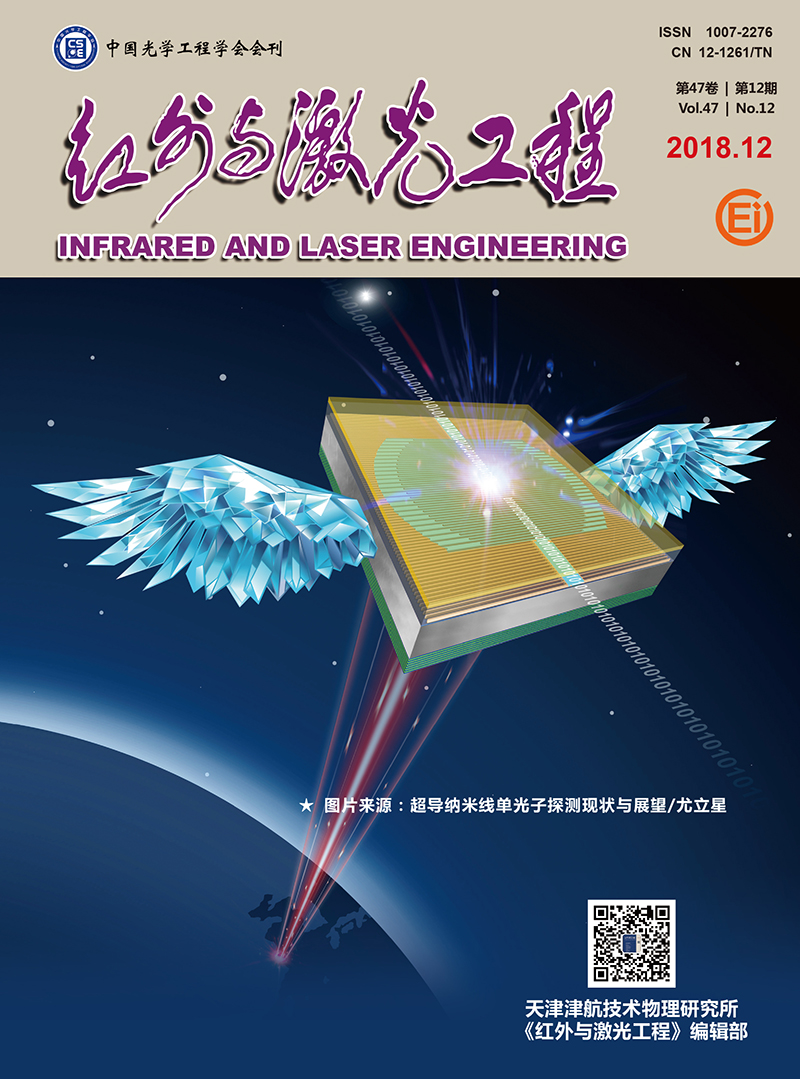|
[1]
|
Liu Bingyi, Zhuang Quanfeng, Qin Hengguang, et al. Aerosol classification method based on high spectral resolution lidar[J]. Infrared and Laser Engineering, 2017, 46(4):0411001. (in Chinese) |
|
[2]
|
Yan Qing, Hua Dengxin, Li Shichun, et al. Observations and productization of the micro-pulsed Mie scattering lidar system[J]. Chinese Journal of Quantum Electronics, 2013, 30(1):123-128. (in Chinese) |
|
[3]
|
Xu Mengchun, Xu Qingshan. Effect of aerosol particle characteristic and vertical distribution on radiation[J]. Infrared and Laser Engineering, 2016, 45(2):0211002. (in Chinese) |
|
[4]
|
Huang Xiaohu, Han Xiuxiu, Li Shuaidong, et al. Spatial and temporal variations and relationships of major air pollutants in Chinese cities[J]. Research of Environmental Sciences, 2017, 30(7):1001-1011. (in Chinese) |
|
[5]
|
Zhang Junqiang, Xue Chuang, Gao Zhiliang, et al. Optical remote sensor for cloud and aerosol from space:past, present and future[J]. Chinese Optics, 2015, 8(5):679-698. (in Chinese) |
|
[6]
|
Liu B Y, Esselborn M, Wirth M, et al. Influence of molecular scattering models on aerosol optical properties measured by high spectral resolution lidar[J]. Applied Optics, 2009, 48(27):5143-5154. |
|
[7]
|
Chen Chao, Song Xiaoquan, Yan Baodong, et al. Case study of tropopause cirrus observed with lidar during 2011 spring in Beijing[J]. Journal of OptoelectronicsLaser, 2012, 23(11):2142-2148. (in Chinese) |
|
[8]
|
Di H G, Hua H B, Cui Y, et al. Vertical distribution of optical and microphysical properties of smog aerosols measured by multi-wavelength polarization lidar in Xi'an, China[J]. Journal of Quantitative Spectroscopy Radiative Transfer, 2016(5):027. |
|
[9]
|
He Tao, Hou Lujian, Lv Bo, et al. Study of accuracy of lidar inversion PM2.5 concentration[J]. Chinese Journal of Lasers, 2013, 40(1):206-211. (in Chinese) |
|
[10]
|
Liu Q, He Q, Fang S, et al. Vertical distribution of ambient aerosol extinctive properties during haze and haze-free periods based on the Micro-pulse lidar observation in Shanghai[J]. Science of the Total Environment, 2016, 574(8):1502-1511. |
|
[11]
|
Zhang Wanchun, Zhang Ying, Lv Yang, et al. Observation of atmospheric boundary layer height by ground-based lidar during haze days[J]. Journal of Remote Sensing, 2013, 17(4):981-992. (in Chinese) |
|
[12]
|
Lv W Y, Yuan K E, Wei X, et al. A mobile lidar system for aerosol and water vapor detection in troposphere with mobile lidar[J]. Infrared and Laser Engineering, 2017, 46(4):0433001. |
|
[13]
|
Bao Qing, He Junliang, Cha Yong, et al. Retrieval of aerosol extinction coefficient and optical thickness using varied lidar ratio[J]. Acta Optica Sinica, 2015, 35(3):0301002. (in Chinese) |
|
[14]
|
Han Daowen, Liu Wenqing, Zhang Yujun, et al. An algorithm for horizontal visibility based on lidar[J]. Laser Infrared, 2007, 37(12):1250-1252. (in Chinese) |
|
[15]
|
Lv Lihui, Liu Wenqing, Lu Yihuai, et al. A new micro-pulse lidar for atmospheric horizontal visibility measurement[J]. Chinese Journal of Lasers, 2014, 41(9):0908005. (in Chinese) |
|
[16]
|
Wang Xiaopeng, Song Xiaoquan, Chen Yubao, et al. Observation and validation of cloud layer structures from the mobile Doppler lidar and radiosonde during spring in Beijing[J]. Acta Optica Sinica, 2015, 35(S):S201001. (in Chinese) |
|
[17]
|
Dawson K W, Meskhidze N, Josset D, et al. Spaceborne observations of the lidar ratio of marine aerosols[J]. Atmospheric Chemistry Physics, 2015, 15(6):3241-3255. |
|
[18]
|
Wang Dongxiang, Song Xiaoquan, Feng Changzhong, et al. Coherent Doppler lidar observations of marine atmospheric boundary layer height in the bohai and yellow sea[J]. Acta Optica Sinica, 2015, 35(S):S101001. (in Chinese) |
|
[19]
|
Yang T, Wang Z, Zhang W, et al. Boundary layer height determination from lidar for improving air pollution episode modeling:Development of new algorithm and evaluation[J]. Atmospheric Chemistry Physics, 2017, 17(1):6215-6225. |









 DownLoad:
DownLoad: